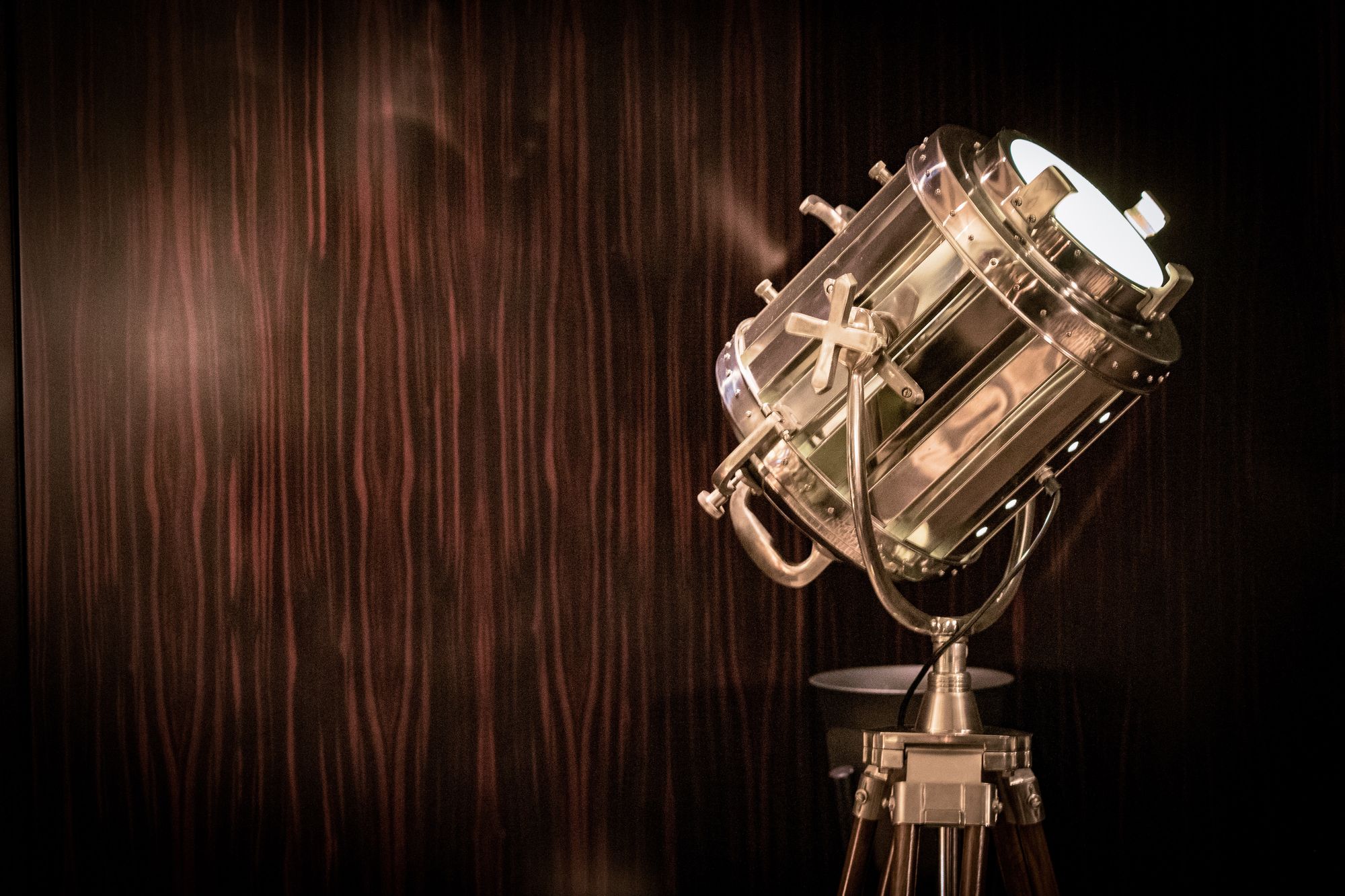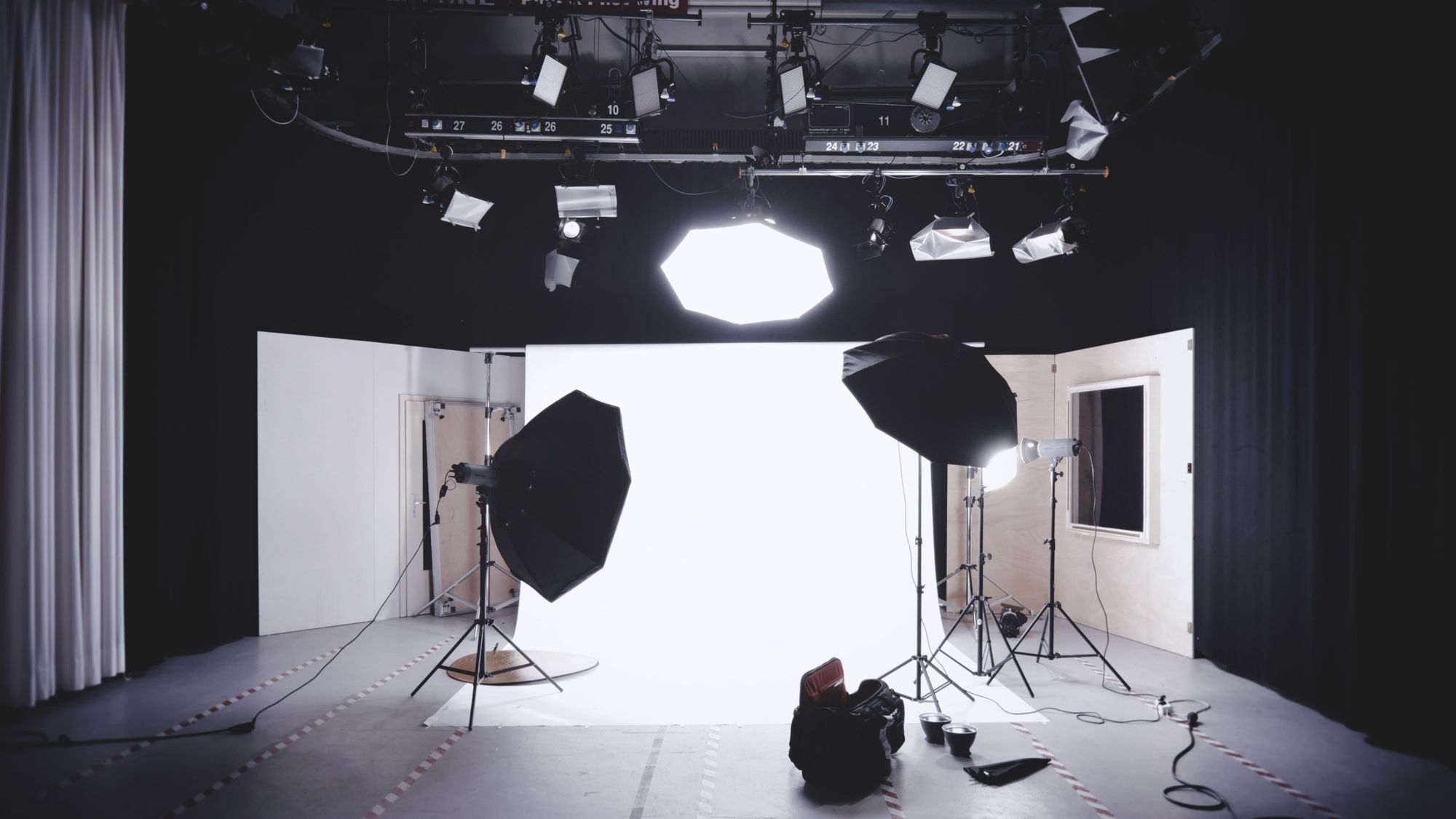Understand low-key lighting: How you create a dramatic atmosphere
Hire film gear from local filmmakers.

Hire film gear from local filmmakers.
Introduction
When it comes to filmmaking, you want your scenes not only to look good but to evoke certain emotions: from happiness all the way to fear.
If your next project calls for some suspense, this is the right cinematic lighting style for you: low-key lighting.
What is low-key lighting in film?
Low-key lighting is a style that accentuates shadows by increasing the contrast between the subject and the environment. Dark tones are predominant, and there are little to no whites and mid-tones.
As you may have guessed, this technique doesn't call for many lights: you can make it work with a single one (plus reflectors and diffusers if needed).
However, you must consider other elements, such as the camera, lens and even the background.

The purpose of low-key lighting
The job of an artist is to make the audience feel something.
If you want to provoke a sense of mystery and tension, this is the lighting style you should employ. Besides creating a dramatic atmosphere, low-key lighting is perfect for isolating your subject.
Since everything around your subject is dark, low-key lighting allows you to control your audience's attention (some people call it manipulation, but I prefer the term magic).
When should you use low-key lighting in cinema?
You should use low-key lighting whenever you want your audience to hold their breath for a couple of seconds (or minutes, but let's say seconds to avoid casualties). If your scene lacks intensity or drama, low-key lighting may be the way to go.
Also, this style is perfect for when there is only one subject, and you want your viewers to be locked by it: what is he thinking? How is he feeling? What is he going to do next?
Low-key lighting is present in many documentaries and movie genres like thriller, drama and crime.
The scene with the private detective looking at the web of suspects he put upon his wall while drinking whiskey?
Low-key lighting.

Equipment guide: What gear do you need to get low-key lighting?
Camera
If possible, shoot in RAW. Besides getting high-resolution results, it also becomes much easier to manipulate colour levels during post-production.
Lens
Get your hands on the lens with the larger maximum aperture you can. Shadowy scenes can look mediocre because of the number of dark tones that need to be captured.
In this sense, using a fast lens (which lets plenty of light in) is the best way to avoid noise on your footage and get better results.
Key light
There is no room for tenderness in low-key lighting. You want your light source to be harsh and bold, so you must use hard key light.
If lighting gear is not in your arsenal of equipment, you can easily rent or subscribe to it here.
Backdrop
To avoid unwanted light bouncing around your footage, you must prevent incidental reflection.
You can do this by working with a dark cloth or board: it will bring darkness to your set and absorb unneeded light.

How you achieve the low-key effect
Now that you know the elements you need, it's time to understand how you build this setup.
Start by limiting the ambient light. It is hard to eliminate pre-existing exposure, so a well-lit room won't allow the results you are looking for. Remember, if there are some undesired lights, grab that black piece of cloth.
Then use hard source lighting to get sharp and well-defined contrast between highlights and shadows.
As with any key light, you want it to be in front of your subject at an angle.
Essentially, you need no more lights than this for a standard low-key lighting setup. You can also add fill light to smooth contrast, but make sure it is minimal so that shadows aren't cancelled.
Most importantly, before even considering this technique, there is one task you must be ready for: editing.
A lot of the magic that comes from low-key lighting is conceived during the post-production part since you will spend some time working on your footage's blacks and whites.
Learn what high-key lighting is all about
Unlike low-key lighting, high-key lighting delivers a bright homogenous look, free from dark tones and heavy shadows. You can use this style to suggest joy and an upbeat spirit.
For instance: health or beauty commercials, sitcoms, comedies, weddings, movies about happy families that wear matching sweaters and own a Golden Retriever, etc.
But now I’m getting ahead of myself. Learn everything you need to know about lighting and what it’ll do to your footage here.
Low-Key Lighting FAQ
How to do low key lighting?
- Limit the ambient light
- Use a hard light.
- Reduce or eliminate fill light.
- Amplify results with post-production.
What is low-key lighting used for?
To create suspense or to isolate a subject.
What mood does low-key lighting help create?
Drama, mystery, uneasiness.






















